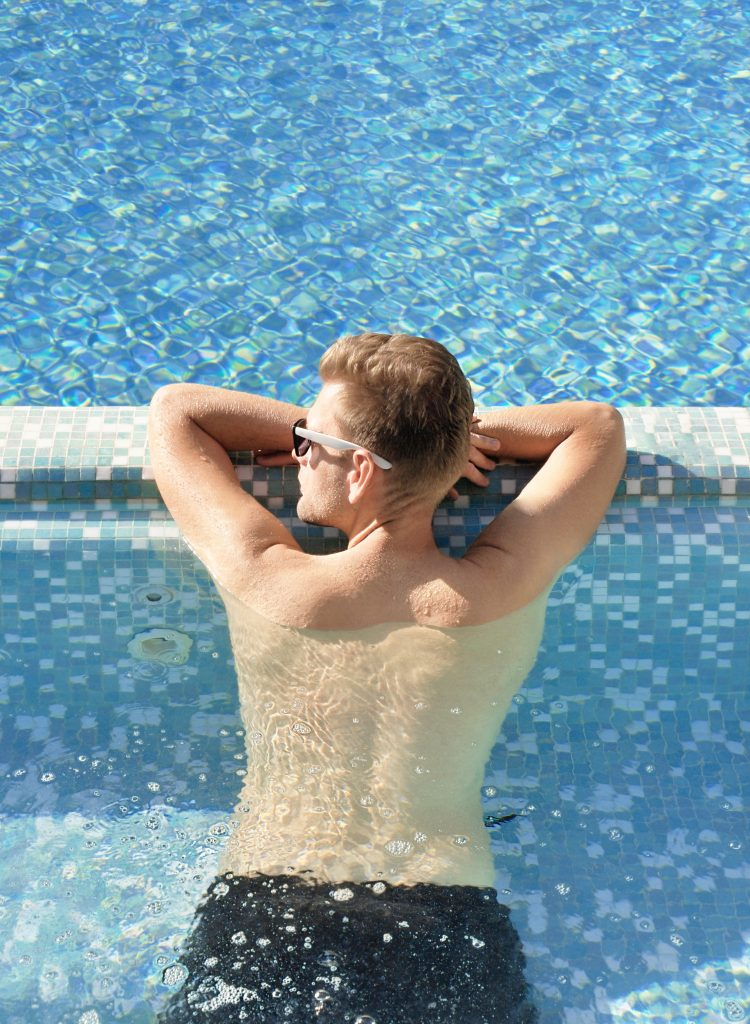How to protect yourself from skin cancer
‘I love a sunburnt country,’ wrote Dorothea Mackellar. And most Aussies agree – soaking up the golden rays as we explore, play, exercise and relax.
In such a sun-drenched country like ours, though, there are some serious risks to consider before we enjoy our time outside.
And most of us know the dangers of our sunburnt country – especially for our skin.
Skin cancer facts
In Australia, there a more diagnoses of skin cancer each year than for any other cancer. Eighty percent of newly diagnosed cancers are skin cancers.
And the rate of skin cancer in Australia is one of the highest in the world – more than double that of Canada, the UK and the USA.
We also now know that most skin cancers are caused by sun exposure. Or, more specifically, the UV radiation of the sun. Which means: skin cancer is mostly preventable.
Types of skin cancer
There are three main types of skin cancer:
- basal cell carcinoma: begins in the lower segment of cells (basal cells) in your outer layer of skin. These are usually slow-growing, rarely spreading to other parts of the body.
- squamous cell carcinoma: grows from the flat cells (squamous cells) in the top layer of your skin. These are generally fast-growing (several weeks or months).
- melanoma: grow from the cells that give your skin its colour (melanocytes). It’s the rarest but the most serious form of skin cancer. This is because it can spread quickly throughout the body.

Do I really need to have my skin checked?
Everyone has some risk of skin cancer, which increases as you age.
The main risk factors for skin cancer include:
- having a relative who’s had skin cancer before
- a history of bad sunburn
- having fair skin
- having many moles on your skin
- spending a lot of time outdoors without sun protection
- using solariums or sun lamps
A lot of younger people have a ‘buy now, pay later’ sort of attitude to sun protection. Skin cancer doesn’t appear until years after the UV damage happens. It can be easy to take risks when the consequence is far off.
Which is why health organisations keep making a lot of noise about skin cancer. The time to take action is today.
One key thing you can do right now is to become familiar with the look of your skin. This makes it easier to pick up any changes that need to get checked out. Look out for:
- any crusty, non-healing sores
- small red, pale or pearly coloured lumps
- new spots, freckles or any moles changing in colour, thickness or shape over a period of weeks to months.
Monitor your skin and tell your doctor if you notice any changes. You can also request an online specialist referral to a dermatologist to have a skin check.
To speak with an InstantScripts GP:
Loving the skin you’re in
No matter your skin type or your risk factors, you should always:
- Slip on sun-protective clothing that covers as much skin as possible.
- Slop on SPF30+ (or higher) sunscreen. Put it on 20 minutes before you go outdoors and every 2 hours afterward.
- Slap on a hat — broad-brim style to protect your face, head, neck and ears.
- Seek shade.
- Slide on some sunglasses — make sure they meet Australian Standards.
© InstantScripts
Level 8 / 637 Flinders St.,
Docklands VIC 3008

